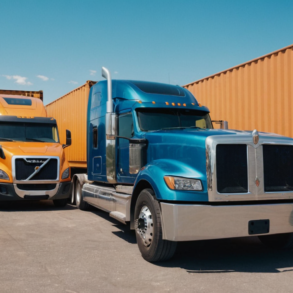
Your home might contain thousands of pounds-worth of valuables. Televisions, laptop computers, pieces of antique furniture, sophisticated musical instruments, fragile vases – they’re all expensive, and vulnerable to damage.
Many of them, moreover, might not be covered by a standard home and contents insurance policy, because they’re just too expensive to fall under an agreed threshold. For landlords letting a furnished property to unknown tenants, this can be a particular risk (and one that’s usually mitigated through tenant’s insurance). But even for those of us who live alongside the valuables we’re concerned about, disaster can occasionally strike.
Keeping Valuables Secure
The best way to minimise the likelihood that a particular item will be stolen is to remove it from display. Most thieves are opportunists, looking to pick low-hanging fruit. If your property has the most vulnerable-looking front door on the entire street, then it’s accordingly likely that it’ll be targeted by burglars. The same goes if valuables, like televisions, can be seen from the street. Get a set of net curtains to hide the goods.
The state of your front door doesn’t just deter criminals – it’ll also actually prevent them from gaining access to the property. Look for a substantial door with a five-lever mortice lock. The BS heart-shaped ‘kitemark’ will indicate whether the lock is up to scratch. Substandard locks can be easily broken by a competent intruder, and in a matter of seconds, too.
The portability of your items will also influence the likelihood that they’re stolen. Laptops and jewellery can be easily picked up and carried, and thus they’re often targeted. While an eighty-inch OLED television might be very valuable, it’s not something that can be easily carried by a thief looking to minimise their risk. Wall-mounting the television will make it even more secure.
Of particular concern are electronic items which are stashed in outbuildings, like converted sheds. While converting a shed into a music studio might seem like an attractive proposition, you’ll need to make the necessary security arrangements before making the switch. Heavy doors, security cameras, and lights will all make a difference. Get in touch with your insurer and determine whether the measures you’ve taken are adequate.
In the case of expensive jewellery, large amounts of cash, and collector’s items, it’s worth investing in a safe. This will ensure that intruders don’t have access to everything in your house. A safe should be non-portable, and openable using a combination that only you know. They aren’t expensive, relative to the goods they’re holding, and they can save you a considerable amount of stress in the event of a break-in.
What about Accidental Damage?
So far we’ve concerned ourselves with the possibility that someone might deliberately break in and steal from you. But what about the damage that you inflict accidentally? A sudden slip or fall might result in a huge repair bill – but more chronic wear and tear can also cause a failure.
When it comes to insurance, the sudden kind of damage tends to be compensated, where the latter does not. But there are measures you might take to reduce both.
For example, in the case of jewelry, it might be worth getting into a few habits. Don’t take your wedding ring off when you’re around sinks and drains. Don’t allow jewelry to sit in moisture for prolonged period of time.





